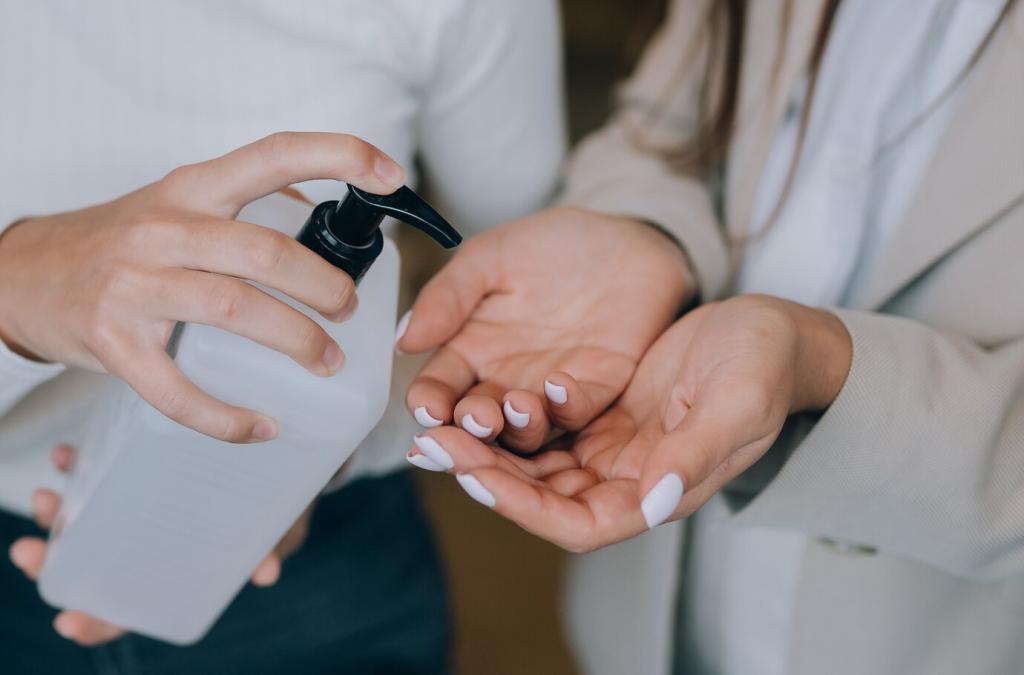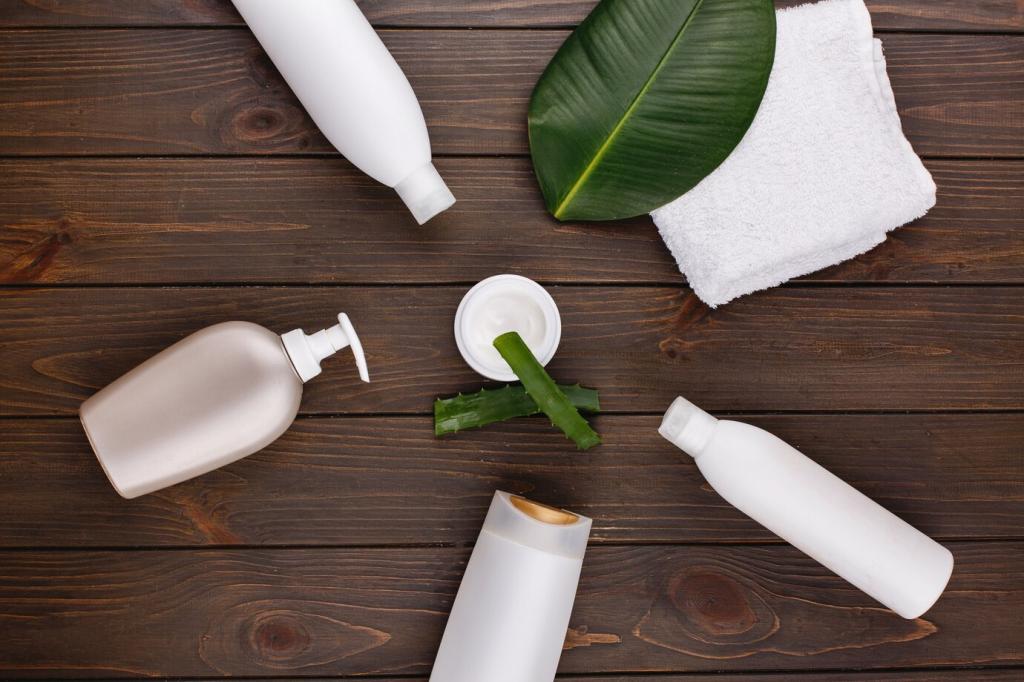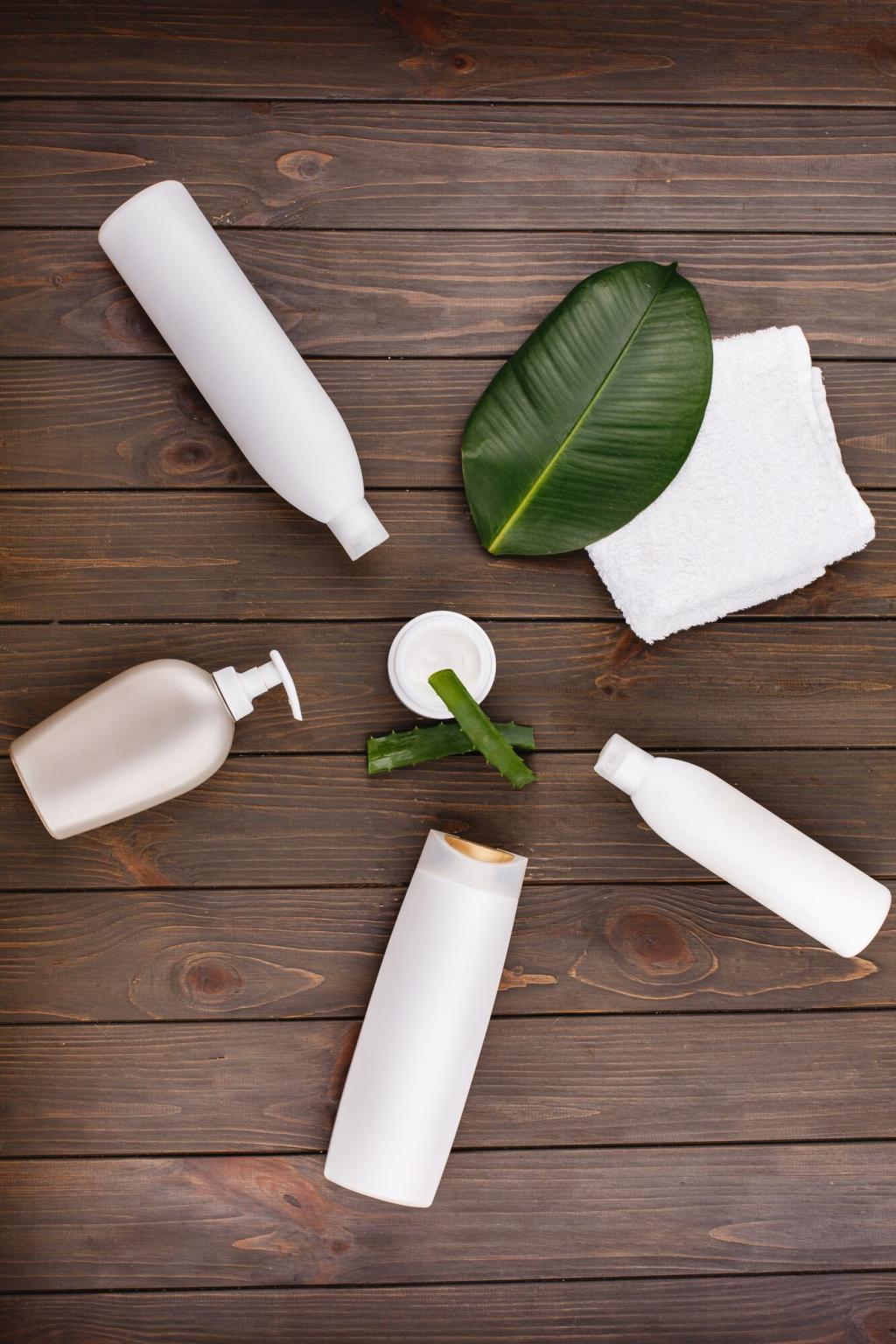Gentle Cleaning for Delicate Fabrics: A Soft-Touch Home
Know Your Fibers: The Science Behind Gentle Cleaning
Silk, Wool, and Cashmere: Protein Fibers with Personality
Protein fibers are sensitive to heat, agitation, and high pH. Treat silk like fine hair and wool like a favorite sweater: lukewarm water, minimal movement, and pH‑neutral cleansers. Share a time you rescued a silk scarf; your story may guide another reader.
Linen, Cotton Voile, and Rayon: Handle with a Cloud-Light Touch
Cellulose-based fabrics can swell with water and lose strength when wet, especially fine weaves and rayon. Support them with a towel cradle, avoid wringing, and reshape gently. If you have a rayon success tip, drop it in the comments for others to try.
Sheer Synthetics: Chiffon, Tulle, and Organza
These lightweight synthetics snag easily and stretch when soaked. Use mesh bags, soft towels, and a patient press-and-release motion. If a tulle skirt survived a party night thanks to your techniques, tell us; your experience can encourage cautious beginners.



Stains Without Strain: Safe Spot-Treatment for Delicates
Blot, Don’t Rub: The Golden Rule
Lay the fabric on a towel, apply solution with a soft cloth, and blot from the outside in. A reader saved a silk blouse from red wine using patience and gravity; tell us how careful blotting saved one of your favorite pieces.
Targeted Solutions by Stain Type
Oil needs a gentle, delicates-safe surfactant; tannins prefer cool water and mild detergent; protein stains require lukewarm water with enzyme-free care on silk and wool. What tricky stain have you defeated without rough treatment? Share your step-by-step method below.
Patch Tests and Patience
Always test on a hidden seam for colorfastness before treating boldly. Work in short sessions, letting solutions sit rather than scrubbing. If a patch test saved your vintage lace, comment with your process so others can learn to slow down wisely.
Drying and Reshaping Without Damage

Towel Press, Not Twist
Roll garments in a clean towel, pressing like a gentle sushi roll to remove water without wringing. Re-roll with a second towel if needed. Have you tested different towel textures? Share what works best for silk versus cashmere in your home routine.

Blocking and Reshaping for Knits
Lay sweaters flat on a drying rack, coaxing seams and hems back to their lines. A knitter reader once revived a stretched cuff by pinning and steaming lightly. Tell us your blocking tricks, and inspire someone else to rescue a cherished knit.

Sunlight, Shade, and Airflow
Direct sun can fade dyes and weaken silk; opt for open shade with steady airflow. Flip garments occasionally, supporting them fully. If a fan setup improved your drying time without stress, describe it to help others build gentle, efficient stations.
Look for fragrance-light, dye-free formulas tailored to silks and wools. A clear label usually means fewer surprises for sensitive fibers. Have a brand you trust for heirlooms? Recommend it and explain how it preserved sheen, softness, and color vibrancy.
Eco-Gentle Products and Simple DIY Mixes
A mild solution using distilled water and pure soap flakes can work for many delicates. Avoid harsh alkalines on silk and wool, and keep vinegar very dilute, brief, and tested first. Share your safest recipe and the fabric it suits best.
Eco-Gentle Products and Simple DIY Mixes
Vintage, Heirloom, and Special-Occasion Pieces
Assess Condition Before Any Wash
Check for weakened seams, brittle lace, or dye instability. When in doubt, limit cleaning to safe surface methods first. Have you journaled a garment’s condition before starting? Share your checklist template to guide fellow caretakers of fragile history.
Localized Cleaning for Lace and Embroidery
Support lace on a net and dab with a soft brush, letting capillary action pull soil into an absorbent pad beneath. If you revived a bridal veil with careful blotting, describe your steps so others can emulate your gentle, patient approach.
Long-Term Storage After Gentle Cleaning
Store clean, fully dry garments with acid-free tissue in breathable boxes. Avoid plastic that traps moisture, and keep cedar separated from direct contact. Share a storage success story and inspire readers to give their treasures a well-earned rest.

Tools That Treat Gently
Assemble a wide basin, soft towels, mesh bags, pH‑neutral detergent, drying rack, blocking pins, and a fabric-safe brush. If one small tool changed everything—maybe a silicone spatula for blotting—share your discovery to help another beginner feel confident.
Routine Checklist and Laundry Zoning
Create a delicates-only hamper, schedule weekly handwash hour, and keep notes on temperatures, products, and outcomes. If a checklist made you consistent, post your outline so others can print it and transform anxiety into calm, capable practice.
Community Wisdom and Ongoing Learning
Comment with your most surprising gentle-cleaning lesson—perhaps that ‘less motion, more soaking’ saves shine. Subscribe for fresh techniques, fiber spotlights, and reader case studies. Your questions shape future posts, so tell us what delicate challenge you want solved next.
Join our mailing list
